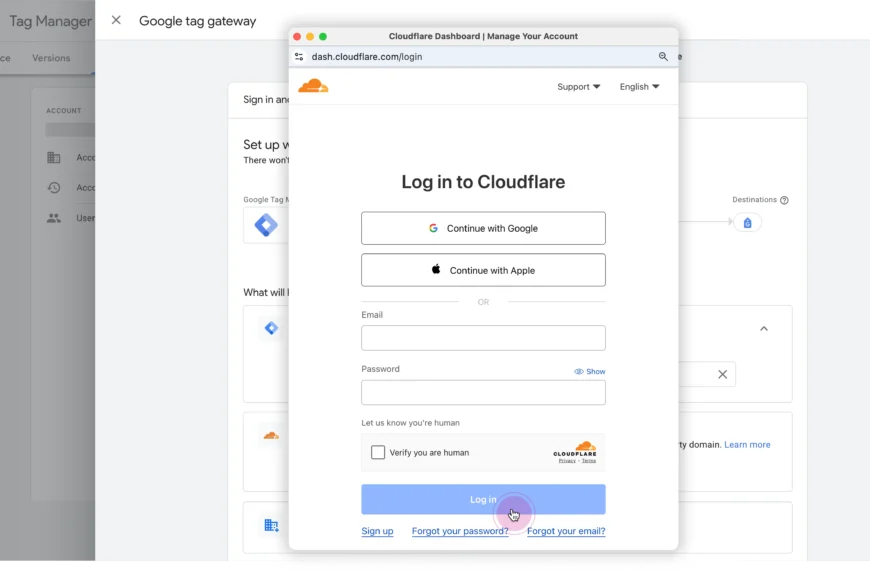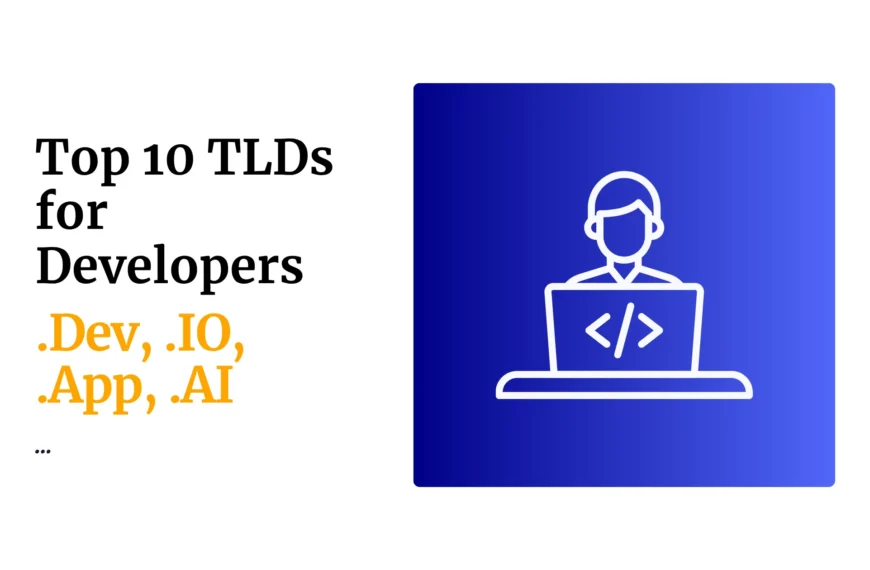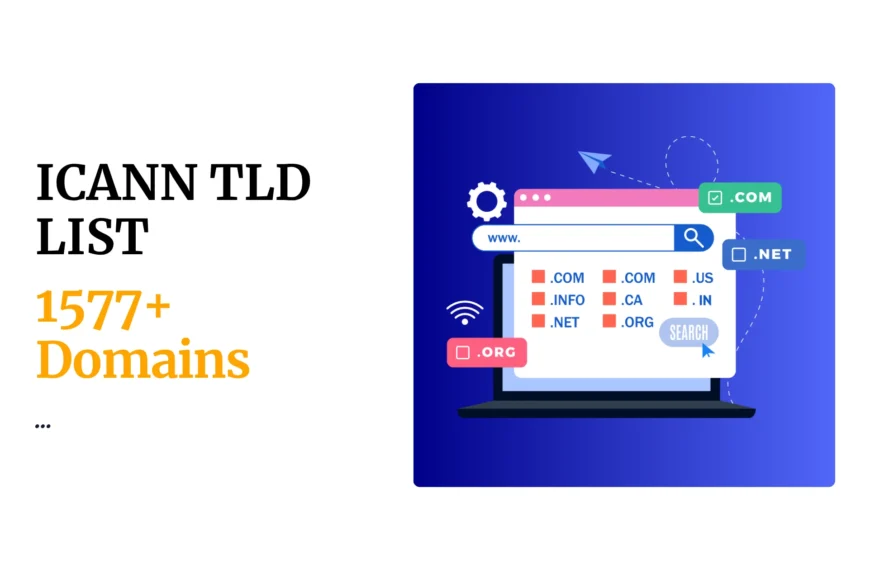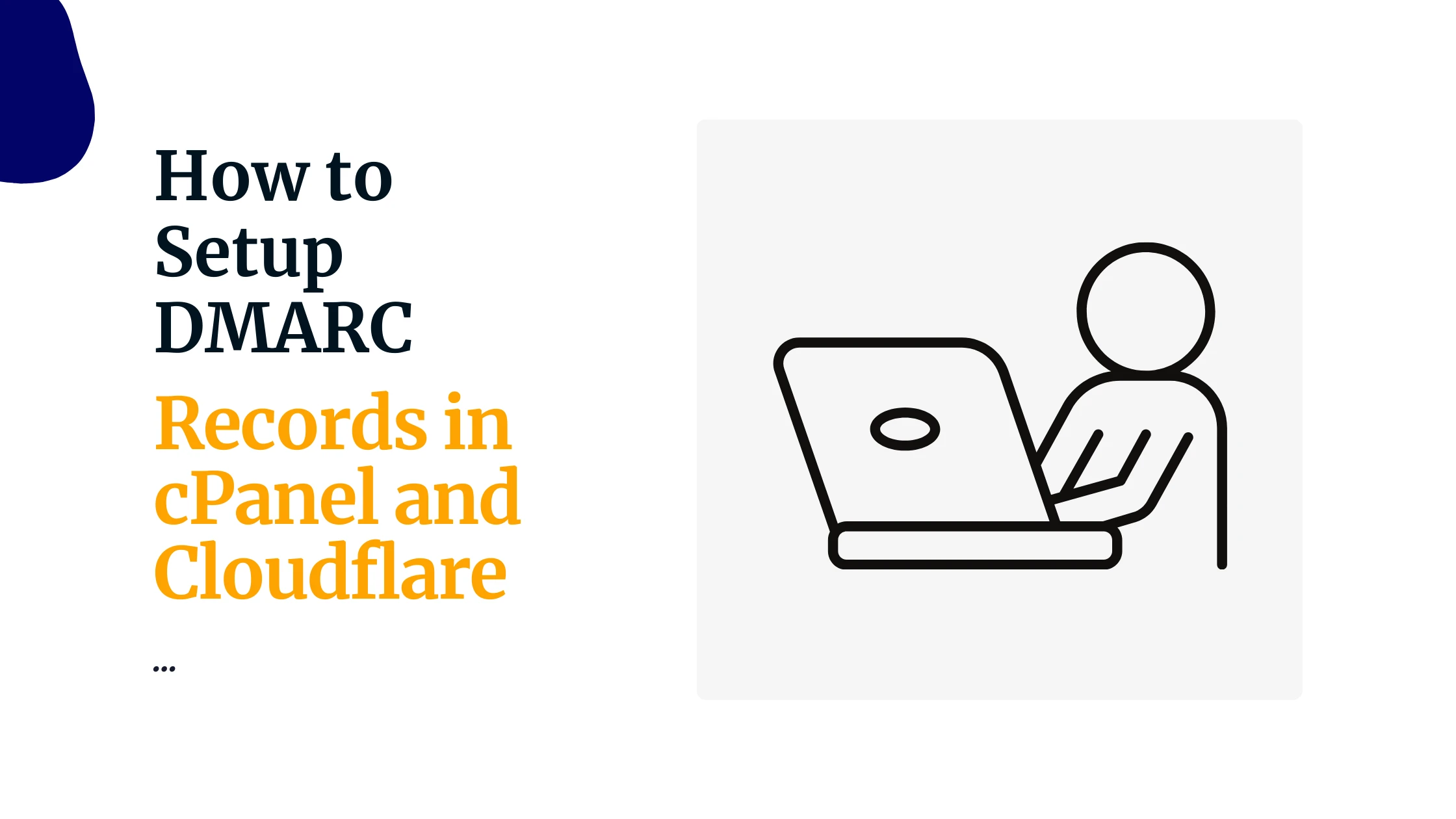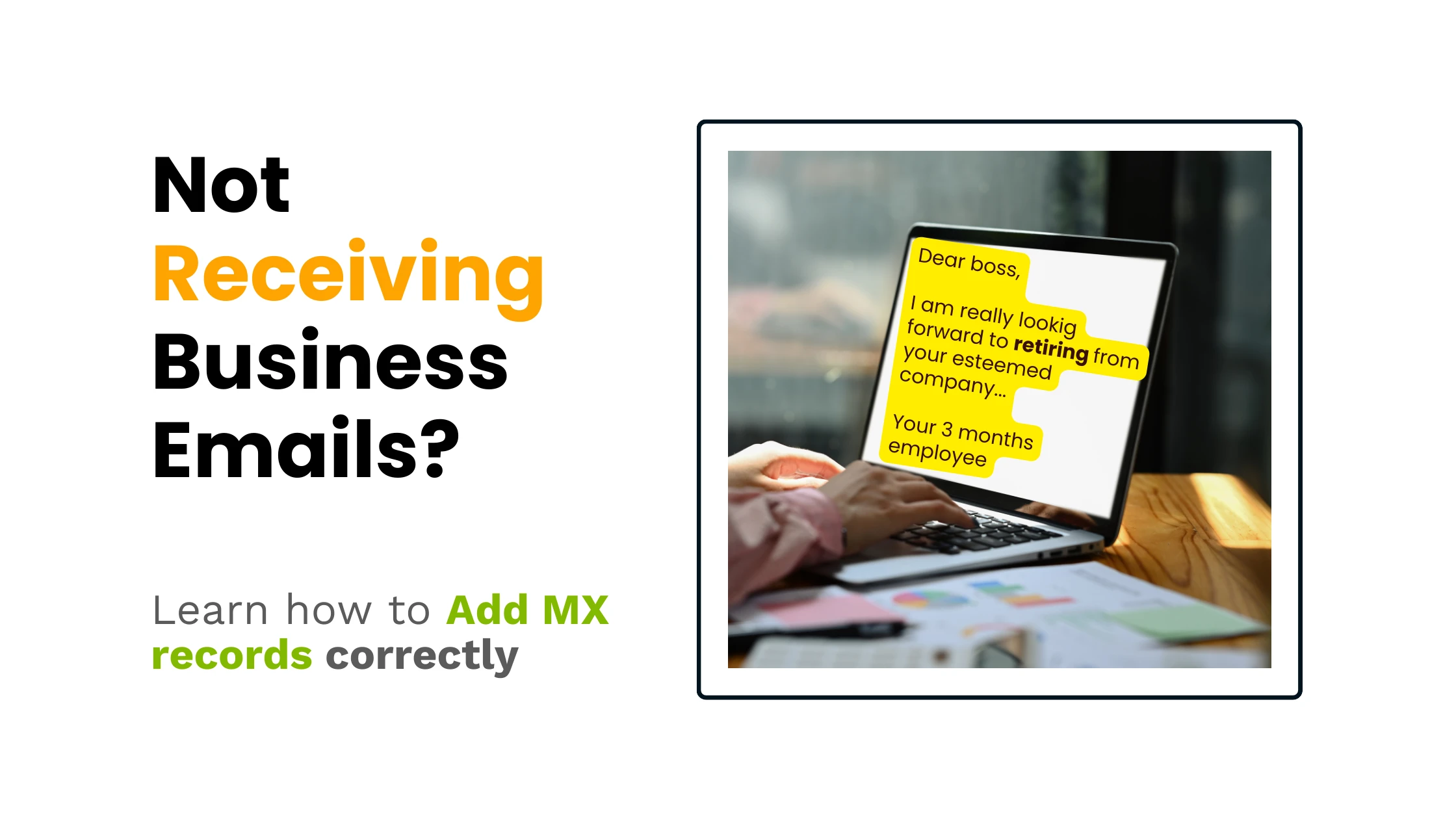The first thing a recipient sees in an email is the subject line. This means it gives the first impression of your email before the recipient can even think of opening it.
Therefore you need to make sure it’s attention-grabbing, concise, and straight to the point. This can be tricky to achieve but with practice, you can craft a perfect email subject line.
What is the subject line in an email?
Imagine opening an email only to get confused and overwhelmed due to too much information. You can’t even tell what the email is about. Reading through the email to first understand what it’s all about can get boring and make you leave without getting the main point of the email.
This brings us to the subject line of an email. A subject line is the headline of an email which is used to give the recipient a general overview of what the email is about.
For instance, if you are writing to your customers to let them know about your new products your subject line can be “ new products alert”
What is an email preheader?
A preheader appears after the subject line in an email application like Gmail. The preheader is only visible to the recipient and consists of not more than 50 characters.
It’s the perfect place to include a short call-to-action, an offer, or any important information about the email that can benefit the reader.
For instance, if you are writing an email on your new product, your preheader can be something like “ Be the first to get our new product.” This can encourage the recipient to open your email.
Why Email Subject Line is Very Important
As mentioned earlier, an email subject line is the first impression that a recipient gets. We will discuss some of the other important reasons below.
1. They set a tone for the content in the email.
The email subject line sets the tone of the content and gives the recipient an idea of what to expect in the email. This means that you need to carefully craft your email for it to communicate what you intended to pass across.
2. They help increase open rates.
The subject line is the first thing that recipients see when they open their email inbox. What they see will determine whether or not they want to open your email. If your subject line is interesting or relevant, that can make the recipient open your email to get more information on what the subject line states.
3. They help you stand out in a crowded inbox.
Many emails are sent daily. Think of a recipient who is always busy with business-related emails. They are more likely to receive many emails in a day.
The subject line can help your email get a click among the very few a recipient might decide to click on. They help make your email more visible to the eyes of the recipient.
4. They help you create a connection with your reader.
A subject line helps you create a connection with the recipient and make them feel like you care about them. A personalized and specified subject line also helps make the recipient feel valued.
5. They help you target the right audience.
A subject line is normally short and on point which helps target the right audience and ensure that the message reaches the right people. For instance, if a recipient has been receiving spam emails or irrelevant emails they may get choosey on the emails they decide to click on.
A subject line helps such recipients identify your email and click on it. Without the subject line, a recipient might not identify your email and that means you might miss the right audience just because of a small mistake.
Types of Email Subject Lines
Email is a very common communication tool in business and any other formal communication. There are several types of email subject lines that are used to communicate different types of messages to different audiences.
Let’s discuss the different types of subject lines to help you understand the subject line better.
1. Informative subject lines
This type of email subject line provides a clear, concise description of what your email is about. If you want your subject line informs the recipient about something, ensure that your subject line is informative (should be in line with the content in the email), concise, and should avoid vague terms.
Examples of the informative subject line include “New product launch”, or “Festive Season Offers”.
2. Actionable subject lines
These subject lines are made to encourage the recipient to take action. Your actionable subject line should be clear, and straight to the point and should include words that compel the recipient to act.
Examples of actionable subject lines include “Verify email address”, “Confirm your account”, or “Download our free ebook”.
3. Personalized subject lines
These subject lines are designed to make the recipient feel special and create a sense of urgency. They should be tailored to the individual and should include their name or any other personal details about the recipient. Examples of personalized subject lines include “Patrick, don’t miss out on our end-of-year flash sales” or “You’re invited: [Name], join us as we launch our New product”.
4. Fun and creative subject lines
Fun and creative subject lines are designed to grab the recipient’s attention and stand out from the rest. This means they have to be unique, unexpected, and witty. Some such subject lines include “Never send an ordinary email again”, “Your inbox needs some excitement”, or “Lights, camera, action!”
5. Curiosity-based subject lines
These subject lines are designed to pique the recipient’s interest and encourage them to open the email. Curiosity-based subject lines should be intriguing and should use words that provoke curiosity. Examples of such subject lines include “Discover the truth”, “Learn the secret”, or “Reveal the mystery”.
The type of subject line you choose should reflect the content of your email and should encourage the recipient to open it.
Best Practices for Crafting the Perfect Email Subject Line
Crafting a perfect email subject line helps get your recipient’s attention and increases the chances of your email being opened and read. Below are some of the best practices for creating the perfect email subject line:
#1. Keep it short and sweet
Keep your subject line brief and to the point. If your email subject lines are too long, they will be cut off, especially on mobile devices. A good number of people open their emails through their phones and so it is advisable to ensure your subject line has less than 50 characters. This makes it easy for people who are just scanning your email to read the entire message.
Additionally, shorter subject lines are easier to read and understand quickly, which is important for busy people who receive a lot of emails every day. A concise and straightforward subject line is more likely to grab the recipient’s attention and encourage them to open and read your email.
#2. Be specific
Keeping your subject line specific helps your recipient quickly understand what your email is about. This can help them prioritize their inbox and decide whether to open and read your email right away or save it for later.
This also helps to build trust with your recipient. If your subject line accurately reflects the content of your email, your recipient will be more likely to trust you and your brand. Conversely, if your subject line is vague or misleading, your recipient may feel misled or tricked, which can damage your reputation.
Finally, being specific in your subject line can also help your email show up in relevant search results. If someone is searching for a specific topic related to your email, a specific subject line can help your email appear higher in search results and increase the chances of it being opened and read.
#3. Use action-oriented language
Using action-oriented language in your email subject line helps to create a sense of urgency or excitement that can encourage your recipient to open and engage with your email.
Action-oriented language typically includes strong verbs and phrases that convey a sense of action or urgency. For example, “Don’t Miss Out on Our Limited-Time Offer” or “Act Now to Secure Your Spot.” These types of subject lines encourage the recipient to take action and engage with your email right away.
In addition to creating a sense of urgency, using action-oriented language can also make your subject line more interesting and engaging. A subject line that simply states the topic of your email can be boring and unappealing, whereas a subject line that uses action-oriented language can be more compelling and exciting.
#4. Personalize when possible
Personalizing your subject line adds a human touch to your email and can help to increase the chances of it being opened and engaged with.
When you personalize your subject line, you show your recipient that you are addressing them specifically, which can help to build a stronger connection and relationship. Personalization can include using the recipient’s name or referencing specific information about them, such as their location or previous interactions with your brand.
Personalization can also help your email stand out in a crowded inbox. People receive a lot of generic marketing emails every day, and a personalized subject line can make your email feel more relevant and important to them.
#5. Test different subject lines
Testing different subject lines allows you to see which subject lines perform the best with your audience.
Not every subject line will resonate with every recipient, so it’s important to test different options to see what works best. By testing different subject lines, you can gather data on which ones get the highest open and engagement rates, and use this information to refine and improve your future email campaigns.
A/B testing is a common method for testing different subject lines. It involves sending two different versions of your email to a small portion of your email list, with each version featuring a different subject line. You can then track the open and engagement rates for each version and use this data to determine which subject line performed the best.
By doing that, you can identify which words, phrases, and strategies work best with your audience and use this information to craft more effective subject lines in the future. This can help to increase the success of your email campaigns and improve the overall performance of your marketing efforts.
#6. Avoid using spam trigger words
Avoiding spam trigger words in your email subject line helps ensure that your email doesn’t get caught in spam filters or flagged as spam by your recipients.
Spam trigger words are words or phrases that are commonly associated with spam or unwanted marketing messages. These words can include things like “free,” “buy now,” “act fast,” or “limited-time offer.” While these words may be effective in certain contexts, they can also trigger spam filters or cause your email to be marked as spam by your recipient.
When your email is marked as spam, it is unlikely to be opened or engaged with by your recipient, and it can also hurt your sender’s reputation and impact the deliverability of future emails.
To avoid using spam trigger words in your subject line, try to focus on creating subject lines that are clear, concise, and relevant to the content of your email.
Avoid using overly promotional language or making unrealistic claims, and make sure that your subject line accurately reflects the content of your email.
Related: Are You Making These 14 Email Marketing Mistakes?
#7. Use Numbers
Numbers can help to make your subject line more specific and concrete, which can be more appealing than a vague or generic subject line. For example, “5 Ways to Boost Your Productivity” is more specific and appealing than “Boost Your Productivity.”
In addition to being specific, numbers can also create a sense of curiosity or urgency. For example, “3 Secrets to a Better Night’s Sleep” creates a sense of curiosity about what those secrets might be, while “48-Hour Sale Ends Tomorrow” creates a sense of urgency to act quickly before the sale ends.
Finally, using numbers in your subject line can also make it easier for your recipient to scan and prioritize their inbox. A subject line with a number can help to visually stand out from other emails and make it easier for your recipient to quickly understand what your email is about.
#8. Be Relevant
Your email subject line should be relevant to the content of your email because it helps to set clear expectations for your recipient and increases the chances of your email being opened and engaged with.
If your subject line is not relevant to the content of your email, your recipient may feel misled or tricked into opening your email, which can damage your reputation and decrease the likelihood of future engagement. On the other hand, if your subject line accurately reflects the content of your email, your recipient is more likely to trust you and engage with your email.
Additionally, relevant subject lines can help to make your email more valuable to your recipient. If your subject line accurately reflects the content of your email, your recipient is more likely to feel that your email is worth their time and attention.
Conclusion
Crafting the perfect email subject line is an important part of any successful email marketing campaign. Every time you are writing a subject line always put yourself in your recipient’s shoes. Consider what would make you open an email and use that as a starting point for crafting your subject line.
Don’t be afraid to get creative. A unique and attention-grabbing subject line can set your email apart from the rest and increase engagement. Also, remember the people checking their emails on mobile devices. Make sure your subject line is easily readable on a small screen to accommodate such individuals.
If you follow the tips and best practices in this article, you can create email subject lines that effectively capture your recipient’s attention and increase the success of your email campaigns.
 Domain SearchInstantly check and register your preferred domain name
Domain SearchInstantly check and register your preferred domain name Web Hosting
Web Hosting cPanel HostingHosting powered by cPanel (Most user friendly)
cPanel HostingHosting powered by cPanel (Most user friendly) KE Domains
KE Domains Reseller HostingStart your own hosting business without tech hustles
Reseller HostingStart your own hosting business without tech hustles Windows HostingOptimized for Windows-based applications and sites.
Windows HostingOptimized for Windows-based applications and sites. Free Domain
Free Domain Affiliate ProgramEarn commissions by referring customers to our platforms
Affiliate ProgramEarn commissions by referring customers to our platforms Free HostingTest our SSD Hosting for free, for life (1GB storage)
Free HostingTest our SSD Hosting for free, for life (1GB storage) Domain TransferMove your domain to us with zero downtime and full control
Domain TransferMove your domain to us with zero downtime and full control All DomainsBrowse and register domain extensions from around the world
All DomainsBrowse and register domain extensions from around the world .Com Domain
.Com Domain WhoisLook up domain ownership, expiry dates, and registrar information
WhoisLook up domain ownership, expiry dates, and registrar information VPS Hosting
VPS Hosting Managed VPSNon techy? Opt for fully managed VPS server
Managed VPSNon techy? Opt for fully managed VPS server Dedicated ServersEnjoy unmatched power and control with your own physical server.
Dedicated ServersEnjoy unmatched power and control with your own physical server. SupportOur support guides cover everything you need to know about our services
SupportOur support guides cover everything you need to know about our services


